Pictures of vehicles ‘sinking’ in potholes shock the city

Raymond Jaravaza, Saturday Chronicle Correspondent
POSITIONED in the middle of a busy road, convenient but totally out of place, is a yellow metal dustbin that a motorist has placed to deter other drivers from plunging into a “deadly” pothole.
The pothole, one that can be easily mistaken for a large crater left by construction workers, is almost invisible because of recent rains that have filled it up with water.

Motorists who have fallen victim to the pothole menace in Bulawayo
A motorist driving at a moderate speed can plunge into the pothole in the blink of an eye, walk out of their vehicle in a daze and wonder how a pothole that size can be “allowed” by the Bulawayo City Council to exist on such a busy road.
The road with the yellow metal dustbin sitting in the middle is Robert Mugabe Way, a busy road that stretches from one end of the Bulawayo city centre to the other side of town.
Robert Mugabe Way is one of the countless roads in the city centre, western and eastern suburbs infested with potholes, some so large that they can “swallow” a vehicle whole.
Bulawayo is indeed facing a pothole menace. The rains are not making the situation any better. In fact, as the rains pound the city, every drop of the precious liquid seems to eat away chunk by chunk of the dilapidated road network that is in dire need of a complete overhaul.
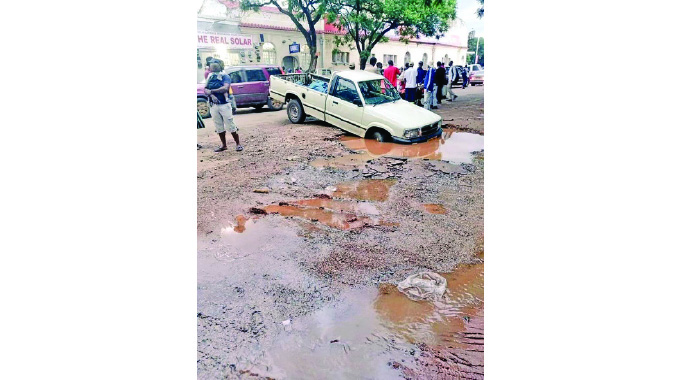
With every downpour, the city’s potholes are getting bigger and bigger and motorists now dread getting behind the wheel. The whole city is drowning in a sea of potholes.
“You literally have to study the city road network and map out a route that you best believe will take you from one destination to the other without plunging from one pothole to another.
“Of course, no road in Bulawayo doesn’t have potholes, it’s about choosing the road with the least dangerous potholes,” commented Sipho Vundla on social media platform, Facebook.
Another user quipped that the potholes in Bulawayo can switch on one’s car radio automatically as the driver navigates from one pothole to another.
“These potholes can even turn on your radio volume to full blast and switch it off in an instant while both of your hands are firmly on the steering wheel. It’s crazy driving in Bulawayo. I can’t wait to go back to the UK,” said Samkeliso Sammy.
The conversation on the city’s hazardous potholes generated from a picture on social media of a commuter omnibus that was half submerged in a huge pothole along Leopold Takawira Street near the Bulawayo City Council’s Tower Block offices.
In the picture, onlookers are stunned, they can’t seem to believe how a vehicle found itself submerged in a pothole the size of two bath tubs, in the city centre.
A drive in Bulawayo’s western suburbs paints a gloomy picture on the state of potholes in the city.

State of Bulawayo roads Luveve road
A motorist driving a vehicle with South African number plates, oblivious that he was headed into danger, plunged into a large pothole on a stretch of road near the Nkulumane Complex on Thursday afternoon.
The Saturday Chronicle news crew witnessed the whole drama unfold while on a drive to assess the state of the city’s roads after the recent rains.
While the rains are a blessing to farmers, they certainly are a curse to the motoring public. Jolted by the impact of the mini crash into the pothole, the driver jumped out of his vehicle to assess the damage on his car before hurling unprintable words at no one in particular.
His predicament has become the daily experiences of motorists in the City of Kings.
Along Luveve Road, in Matshobane suburb, a stretch of the road almost 100 metres long is constantly filled with heaps of soil by the BCC. The rains wash away the soil, leaving clusters of potholes exposed, further infuriating motorists who drive on the busy road that links the city centre to parts of the western areas of Bulawayo.
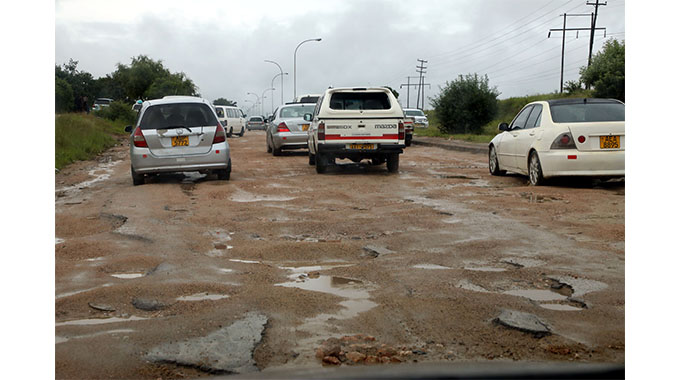
“More and more drivers are bringing their vehicles for repairs after hitting potholes and from our business side of things, we are making money.
“People are changing the suspension of their cars very often because of the potholes and the poor state of the roads,” said a mechanic in Kelvin North’s industrial area who only identified himself as Mdu.
Bulawayo Mayor Councillor Solomon Mguni was quick to blame Government for the poor state of the roads despite massive strides that were recorded in rehabilitating the city’s roads under the first phase of the emergency road rehabilitation programme.
The city’s major roads, some that had been deteriorating under the watch of Bulawayo City Council, received major facelifts under the Government initiated emergency road rehabilitation programme.
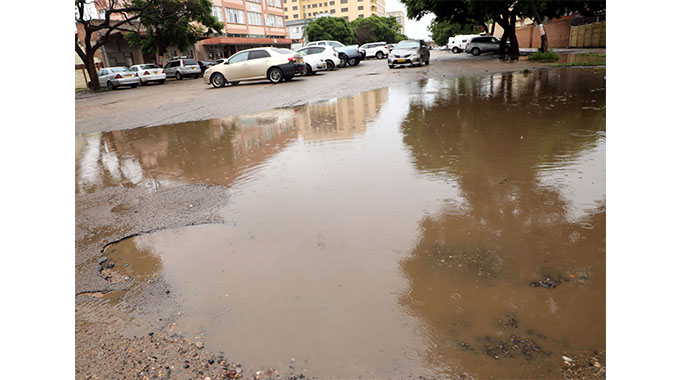
State of Bulawayo roads city centre
Speaking at the first full council meeting of the New Year last Wednesday, Mguni claimed his leadership was facing criticism from “political detractors” who were “twisting facts” and “doctoring them to their political advantage”.
“As the adage goes, statistics don’t lie, 2021/2022 saw the erratic or non-disbursements of allocated Zinara (Zimbabwe National Roads Agency) funds, some of which were diverted towards the Government’s ERP programme. This saw 18 of Bulawayo’s roads taken over by the department of state roads, CMED (Central Mechanical Equipment Department) and various associated contractors,” said Mguni.
He further went on to claim that work had not commenced on some of the road works.
Last year Zinara disbursed about $12 billion to road authorities across the country for road maintenance and rehabilitation under the Emergency Road Rehabilitation Programme (ERRP).
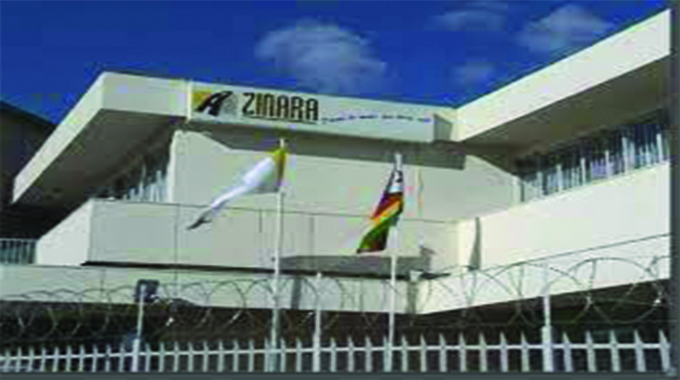
Zimbabwe National Road Administration (Zinara)
Under the Infrastructure, Utilities and Digital Economy cluster, Zimbabwe’s economic blueprint, the National Development Strategy (NDS 1) prioritises completion of road rehabilitation projects.
The main aspirations of NDS1 include infrastructural development as a key enabler in attaining Vision 2030 of having an upper middle-income economy.
NDS1 notes that “a road can become an economy” and in this regard, focus will be on development of feeder roads into communities as a way of developing underdeveloped remote areas.
Government declared a state of national disaster for all roads in February 2021 and subsequently launched the ERRP2 two months later under a budget of $33, 6 billion.
Zinara does not do road works itself, but it is the collection authority for the two sources of revenue that must be spent on roads, the vehicle license fees and the toll charges. It disburses the money to the road authorities and then follows up to ensure that the money was spent on road works.

State of Bulawayo roads Plumtree road
In Bulawayo, 65 major roads were named for rehabilitation including Siyephambili Drive, Fife Street, sections of Cecil Avenue and Khami Road, George Avenue and 23rd Avenue. The roads are now smooth for drivers after they were rehabilitated in 2021.
While the Government is rehabilitating major roads that connect Bulawayo with other cities, it is BCC’s task to reconstruct some of its major roads. More roads are expected to be attended to this year as 70 percent of the city’s roads have outlived their lifespan.
Following the launch of the ERRP2 in 2021, the Government allocated over $1 billion for road rehabilitation works in Bulawayo.
Government has said the second phase of the emergency road rehabilitation programme will begin soon, a development that will excite motorists who are fed up with the city’s poor road network.–@RaymondJaravaza

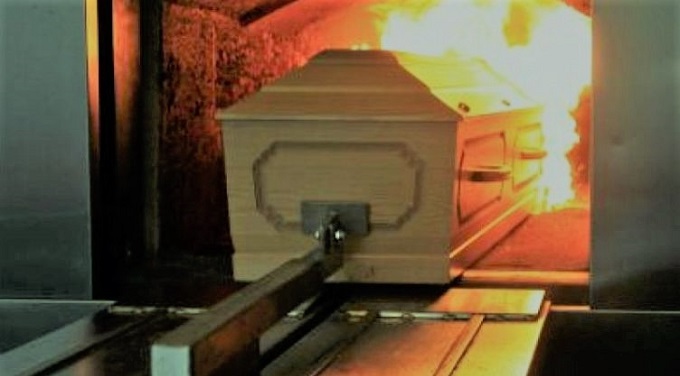

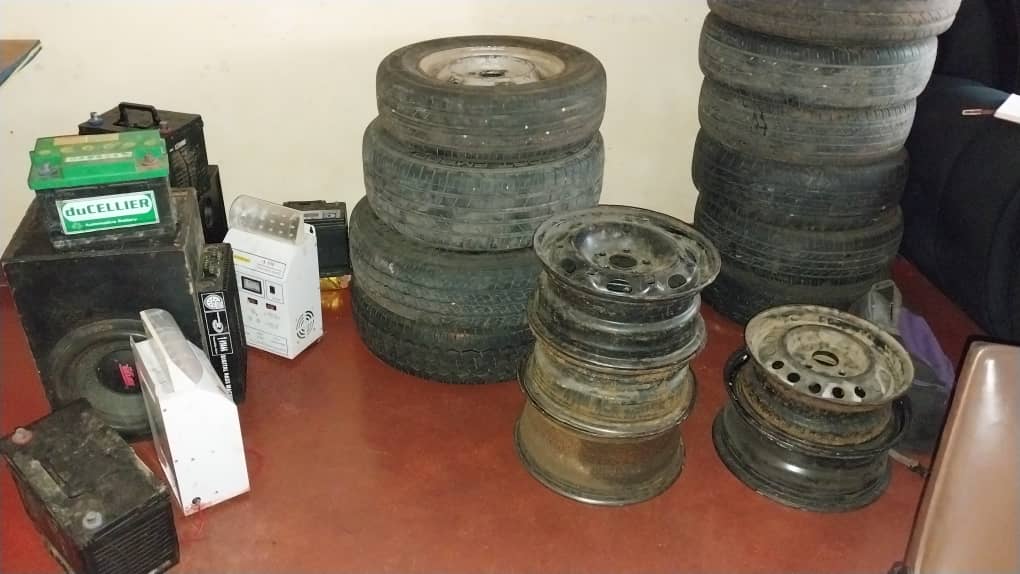

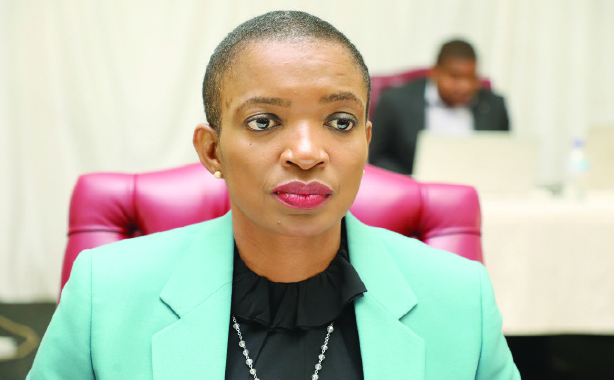


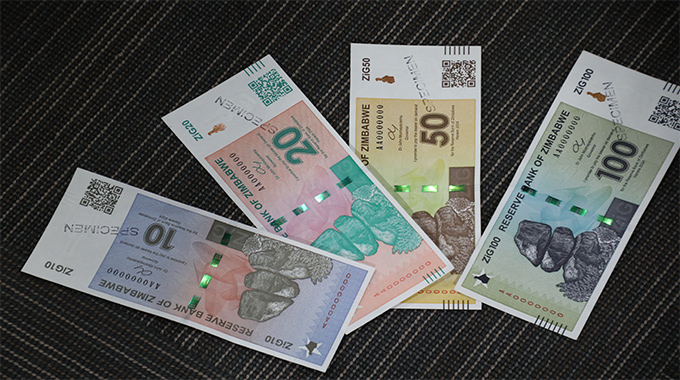


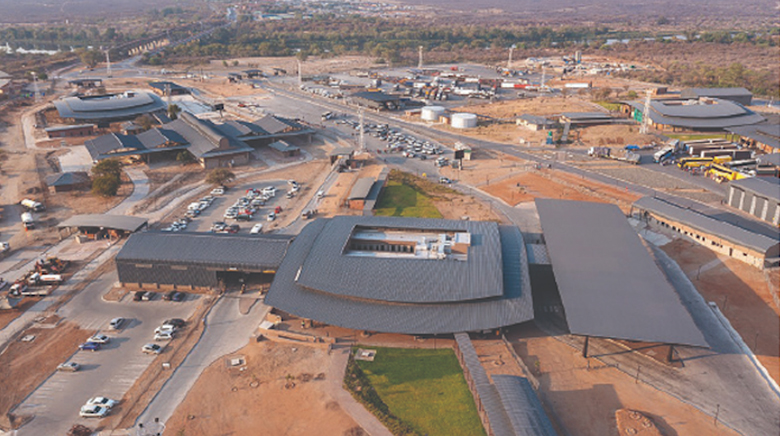
Comments